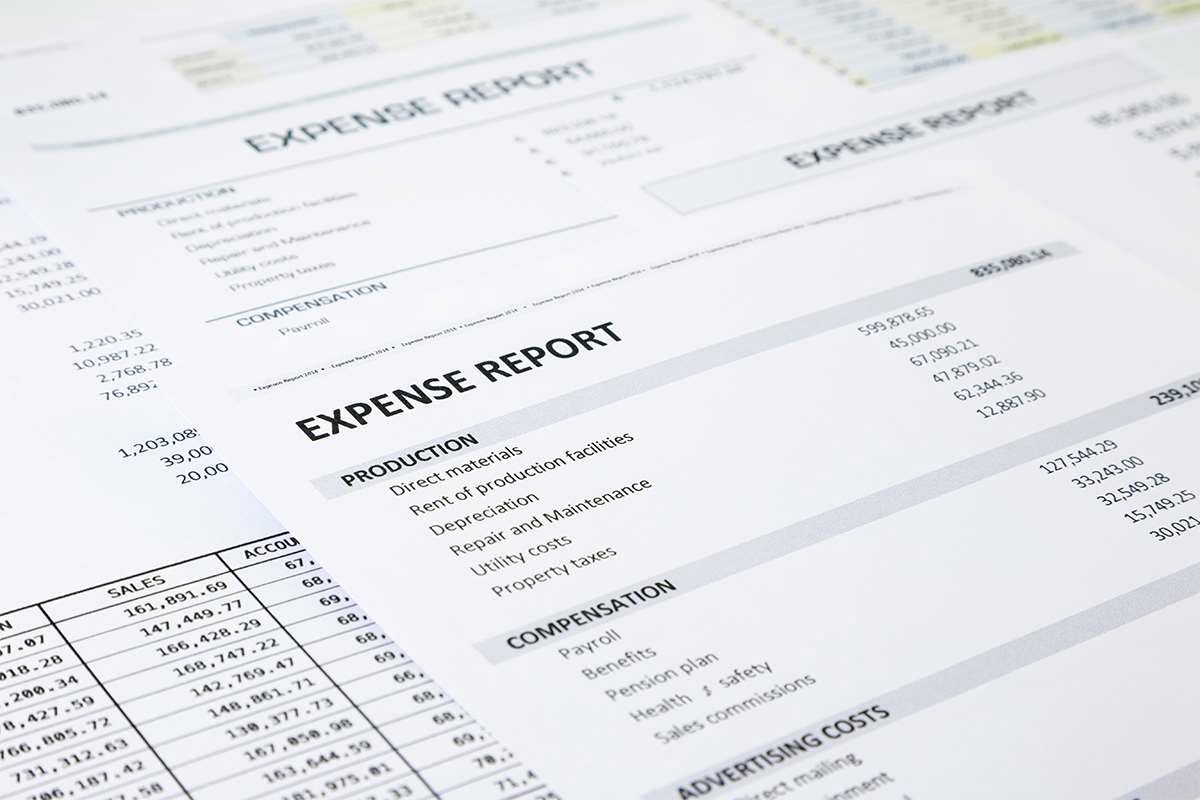Liquid Assets Explained, With Examples, Uses, And Liquidity Ratios

Non-current assets, such as fixed assets and intangible assets, are listed separately and are not considered liquid. Account receivables are what’s owed to a company from their customers and can usually be Accounting Periods and Methods converted into cash quickly, depending on the credit policy. A company could sell their account receivables to a collecting agency and get cash in exchange. Cash is the most liquid asset, as it can be easily converted into cash without any significant loss of value. Cash liquidity is a measure of a company’s ability to generate cash from its operations and accounts receivable. The order of liquidity is important because it gives investors an idea of how easy it will be for a company to have cash generation capability in order to meet its financial obligations through financial reports.

A Beginner’s Guide to Effective WhatsApp Marketing in 2024
- Accounts receivable (AR) represents amounts owed by customers for goods or services delivered on credit.
- In general, having a high amount of cash or cash equivalents indicates a high level of liquidity.
- Blue-chip stocks and government bonds are often considered more liquid than securities of smaller companies or lower-rated bonds.
- Non-current liabilities are listed after current liabilities and include obligations due beyond one year.
It’s often used in financial analysis and reporting to categorize assets and liabilities on a company’s balance sheet. For example, a company may have the cash immediately on hand but also owe money to creditors in the form of current liabilities. It is a list of a company’s assets showing how quickly they can convert those assets to cash. Learn the principle behind ranking assets by their convertibility to cash, essential for assessing a company’s financial position. In short, the order of liquidity concept results in a logical sort sequence for the assets listed in the balance sheet. Companies that maintain their assets in an order https://malus.lv/wordpress/wave-small-business-software-apps-on-google-play/ of liquidity can quickly discern which assets can be tapped at short notice to cover immediate financial needs.
Order of Liquidity in Accounting: A Comprehensive Guide

It gives an insight into how well a company can meet its short-term liabilities and continue operations without any interruptions. Short-term investments provide companies with a balance between liquidity and return. Businesses often use these assets to manage excess cash efficiently, ensuring funds are available for operational needs while generating returns. Investors analyze the proportion of short-term investments relative to total assets to assess a company’s liquidity strategy. In personal finance, individuals can also use the order of liquidity when listing their assets and liabilities. Current accounts or savings that can be easily accessed and turned into cash will be on the top, followed by more liquid investments like stocks or bonds.
- This standard arrangement allows external parties like creditors and investors to easily measure a company’s liquidity.
- Generally, liquid assets are traded on well-established markets with a large number of buyers and sellers.
- The easier it is to convert an asset into cash, the more liquid it is, and vice-versa.
- Under U.S. Generally Accepted Accounting Principles (GAAP), assets must be categorized based on their expected liquidity timeline.
- Understanding the importance of liquidity is essential for investors, financial institutions, and policymakers, as it influences various aspects of investment strategies, risk management, and market dynamics.
Strengthen your finances with Aspire
The balance sheet is a crucial financial statement that provides insights into a company’s financial position at a particular point in time. Assets with high liquidity are usually cash, accounts receivable, and short-term investments. The order of liquidity for assets on a balance sheet is the order in which assets are listed from the most liquid asset to the least liquid asset. Welcome to the fascinating world of finance, where liquidity plays a pivotal role in shaping the dynamics of investments and financial markets. Understanding the concept of liquidity and its order is crucial for investors, financial analysts, and anyone interested in comprehending the intricacies of the financial landscape. This article aims to unravel the significance of liquidity and delve into the concept of order of liquidity, shedding light on its implications and real-world applications.

- To figure out the meaning of liquid assets, it is important to first understand liquidity.
- Non-current assets are listed after current assets and include resources that provide value over the long term.
- In contrast, real estate, specialized machinery, or unique art pieces are typically considered less liquid due to the time and effort required for their sale.
- Inventory consists of raw materials, work-in-progress, and finished goods held for sale.
Accounts receivable is the next most liquid asset, as it represents money owed to the business by customers. Accounts receivable, which is the money owed to the business by customers, is generally listed next. The order of liquidity is important for businesses because it provides assets in order of liquidity a framework for making investment decisions. Finally, intangible assets are at the bottom of the list because they are the least liquid and can take longer to convert to cash.

